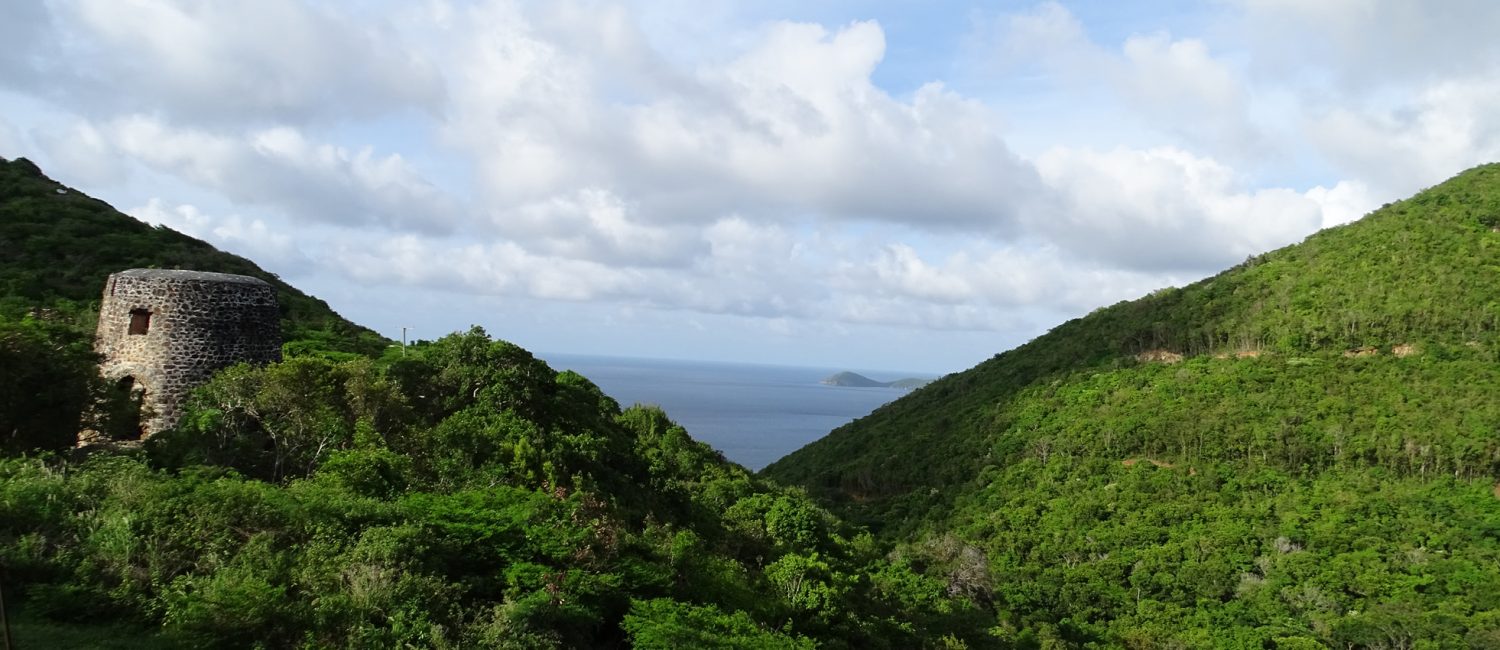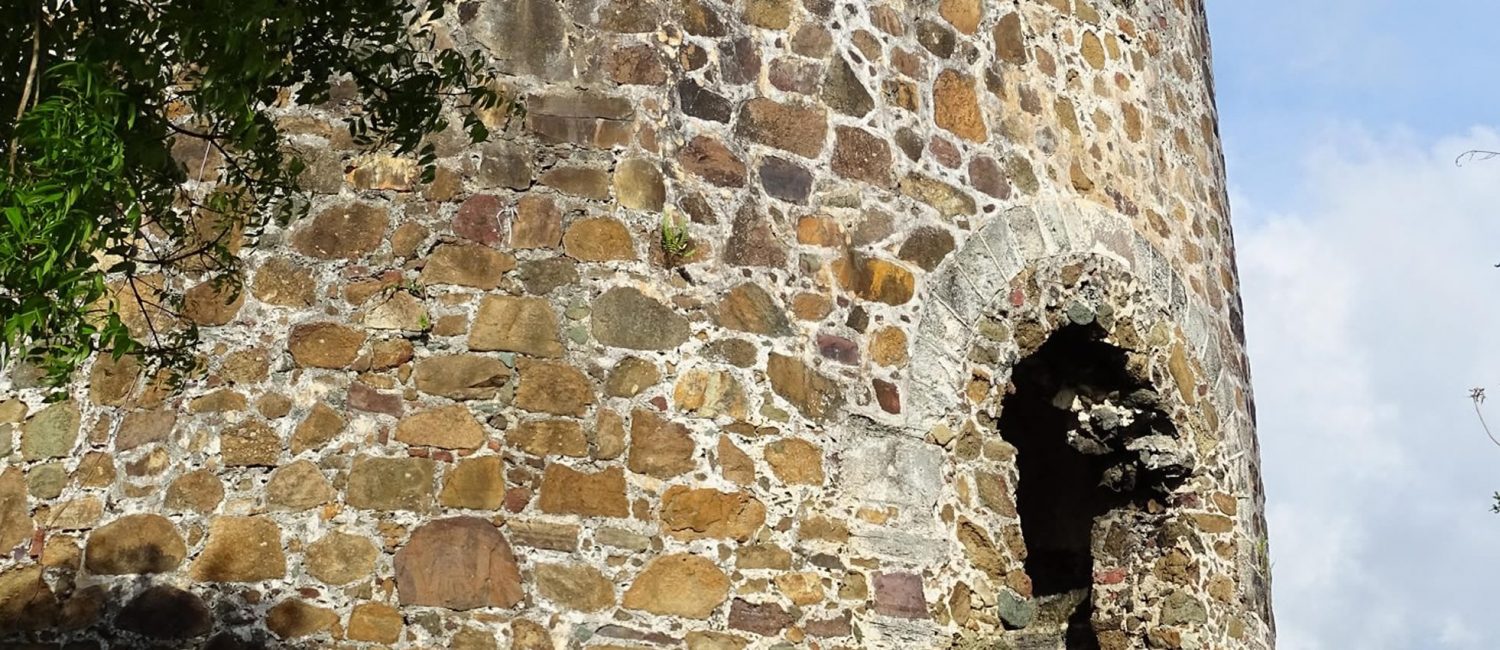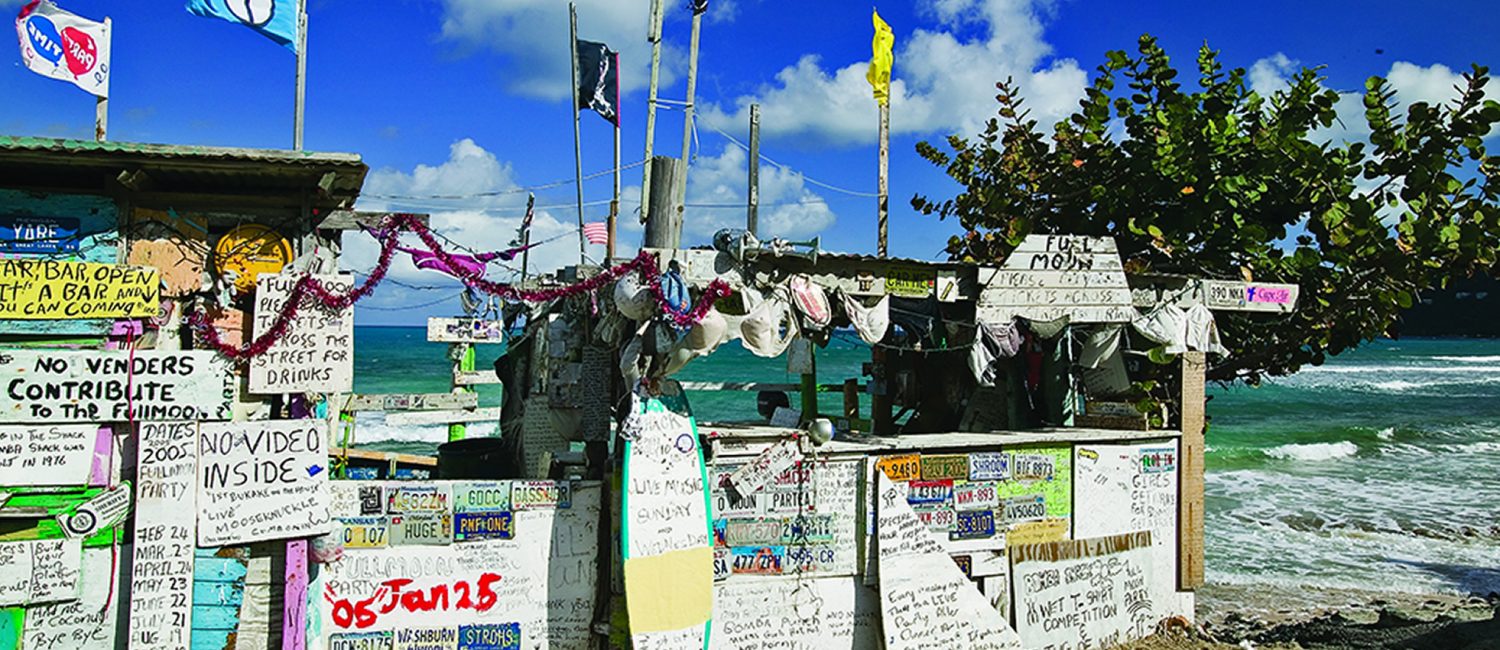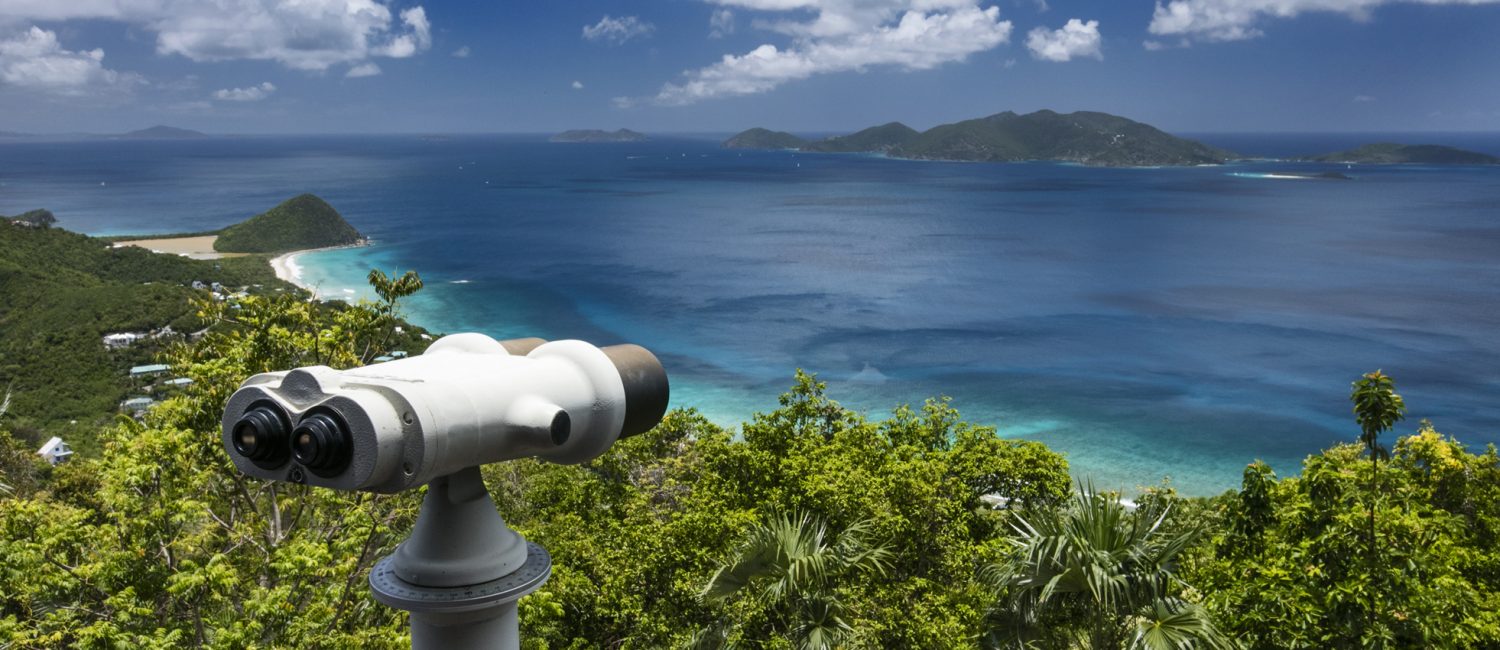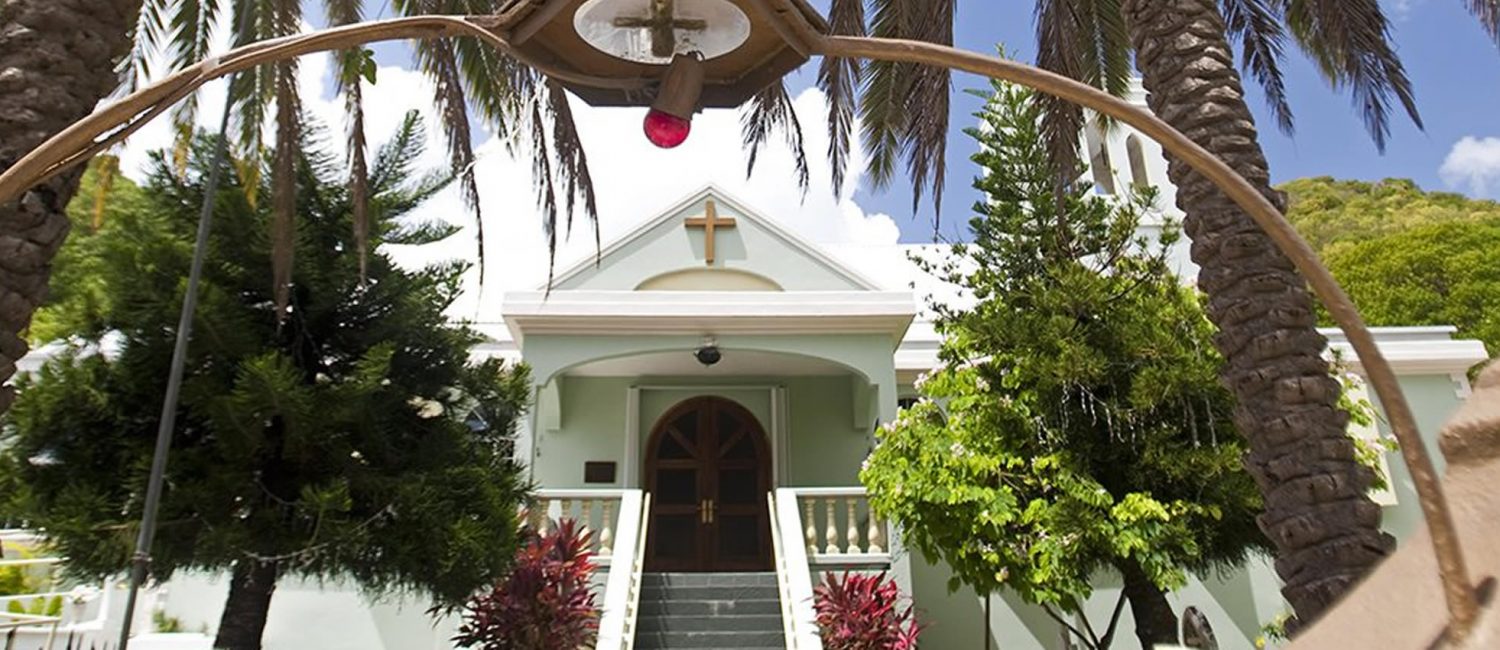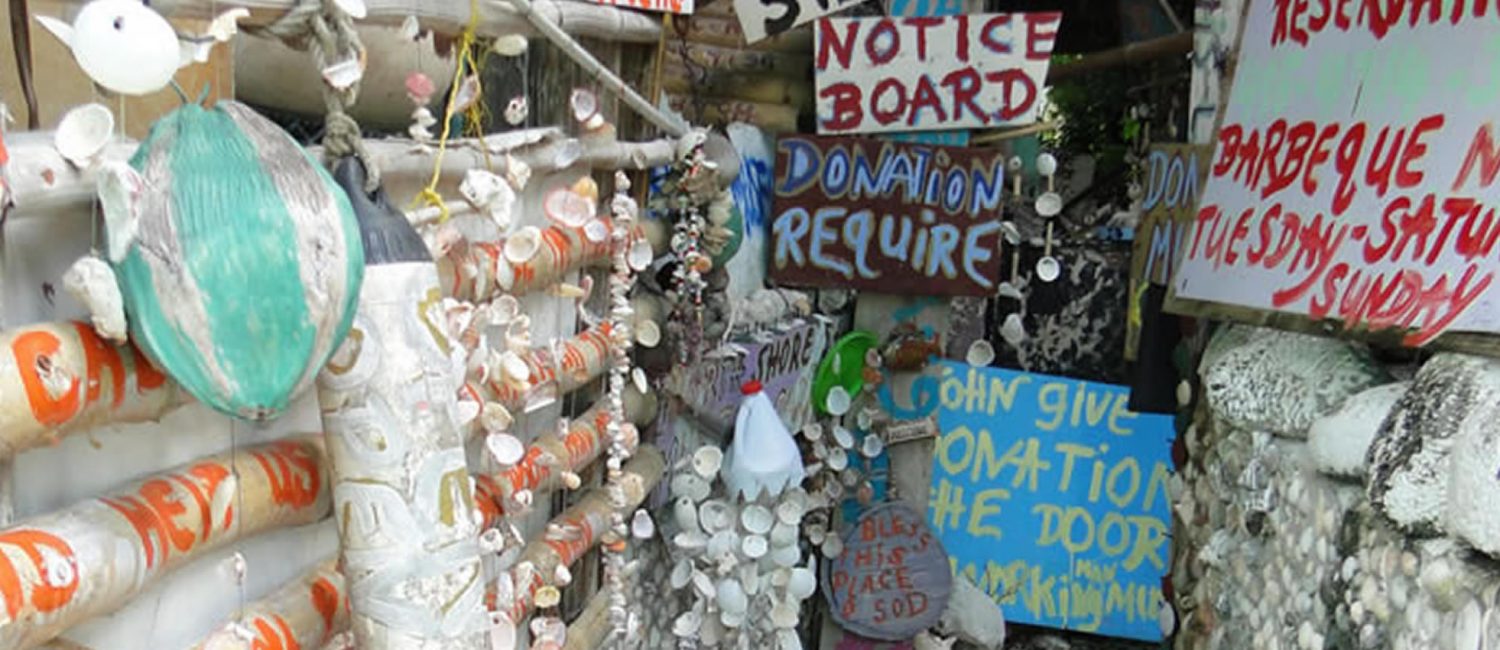Along with the beautiful water, skies and friendly people, there are some interesting places to explore on Tortola. Below we’ve outlined a few of our favorites.
In Road Town
There has been a concerted effort to maintain and restore the heritage of Road Town. The VI Historical Society in the 1980’s and, more recently, the Millennium Committee worked toward preserving buildings and sites of historical significance to the BVI. Their presence is most felt along Main Street where evidence of the traditional West Indies gingerbread houses is still seen. Unfortunately Hurricanes Irma and Maria damaged some of these sites, some are under repair and some are no longer.
J. E. William George’s Compound
As described by Jennie Wheatley, “There were other places you could pick up a few items in the early days, but this was the place to go to get it all – from birth to death. They stocked clothes, groceries, tools, even lumber to build a coffin.” This store supplied the island with imported goods until the mid-1960s.
Her Majesty’s Prison
In the old part of Tortola on Main Street beside St. George’s Anglican Church sits the previous home of Her Majesty’s Prison. This prison was first constructed in 1774 and was in continuous use until 1995/1997 when the new prison was opened in Balsam’s Ghut. The building was later used as government offices but is being converted into a museum to reflect the history of the prison and judicial system in the BVI. During the Prohibition era it was used to hide rum. This site is renowned because it hosted the first execution of a plantation owner for the murder of his slave in 1811.
The “Fire Proof” Building
On the other side of the street near the Old Prison is the Fire Proof building. In 1853 riots broke out in Road Town because the government started a tax on cattle/beef. At the time providing beef to St. Thomas and the other islands was a major source of income for those living on Tortola. The people rebelled and the riots led to fires breaking out and burning most of the buildings in Road Town. This building is the only one known to remain and the president of the Virgin Islands, Lieutenant John Cornell Chads, took refuge in his office there. It is also the site where the Abolition Act ending slavery in the BVI was first read on Monday, August 1, 1834.
The Sunday Morning Well
Very close to the building for the BVI Supreme Court is the Sunday Morning Well. Although the official proclamation for emancipation was given at the Fire Proof Building, this is where many islanders first heard the news on August 1, 1834. It is still a strongly symbolic place and focal point for the festival celebrations in early August.

